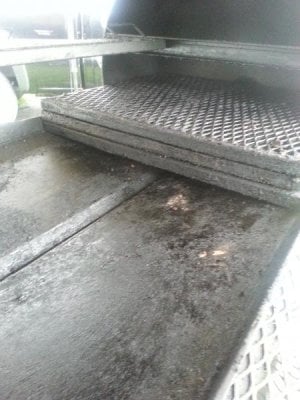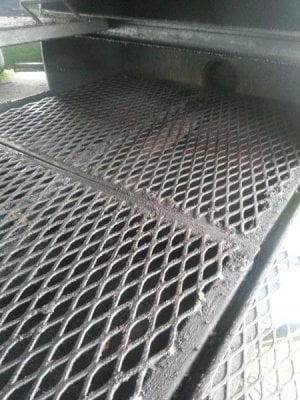J
jmoney7269
Guest
Is there a noticeable difference in flavor between a reverse flow and regular offset. Pros and cons? Fixing to pull a trigger on a Pitmaker magnum sniper trailer and not sure if I want it to be reverse flow or regular vortex. I know there will be more usable space but I heard that reverse flows can transfer that burnt fat flavor onto other meats while cooking. Hoping the expert stick burners will chime in on this one.


